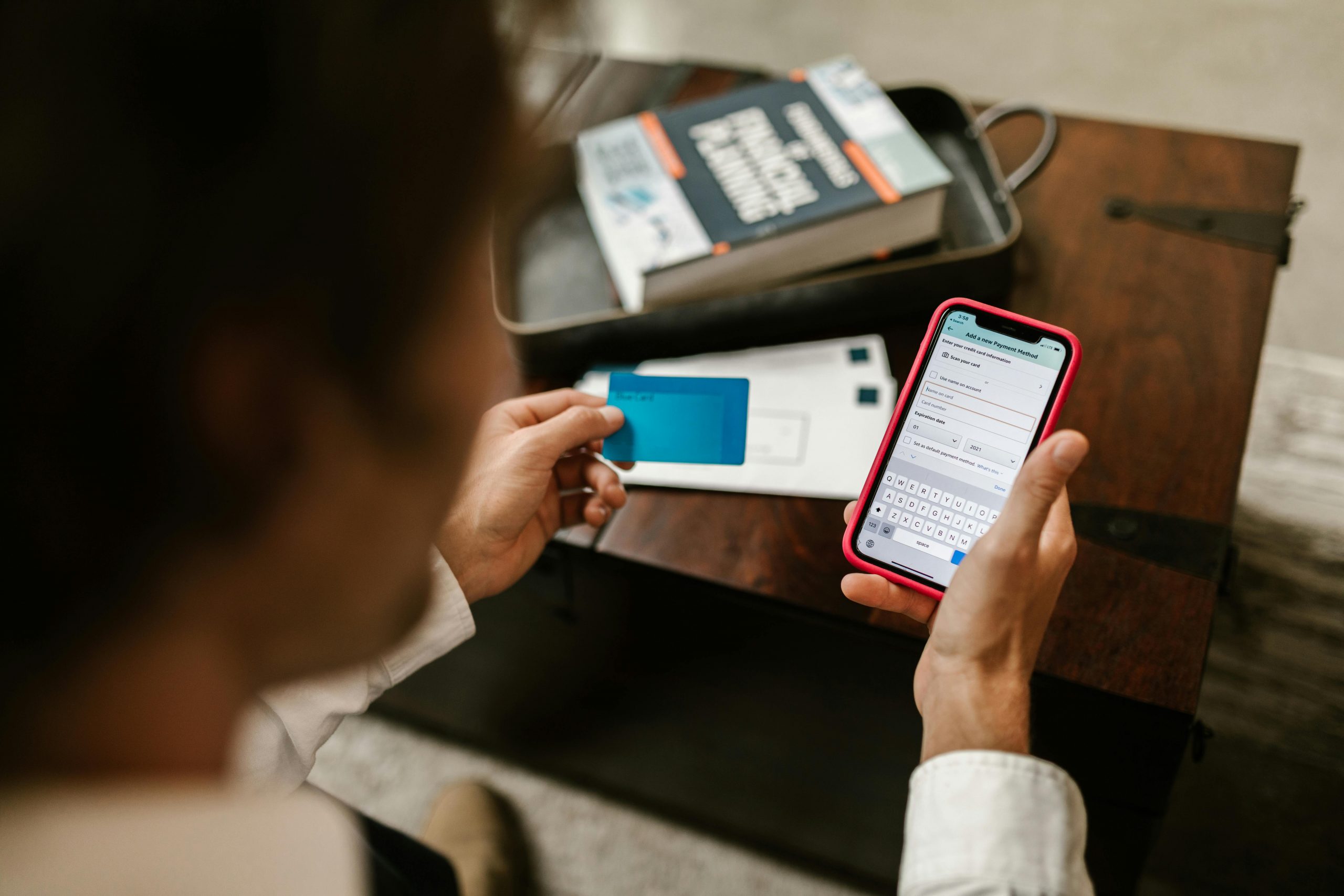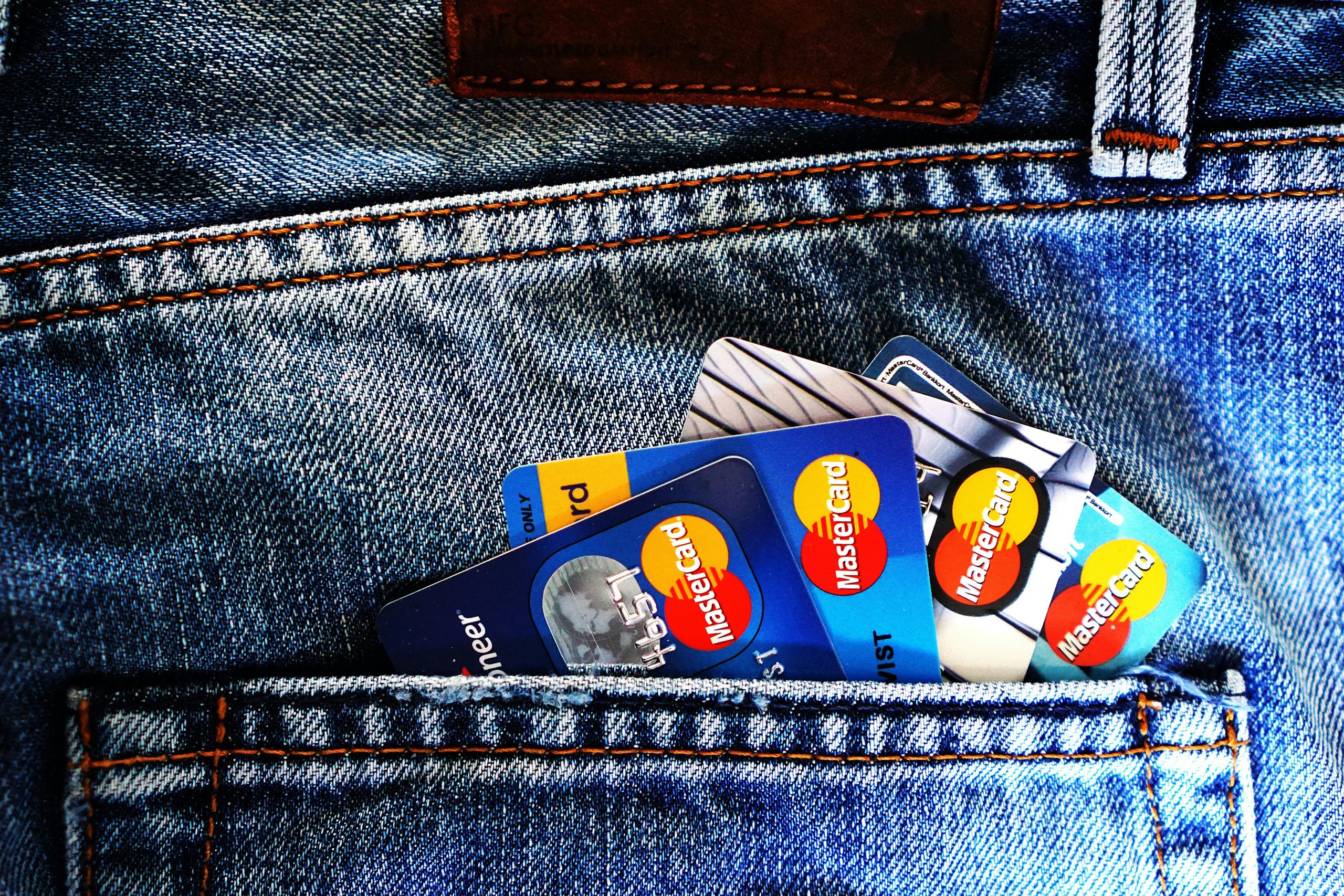What is CVV/CVC in a Credit Card?
If you’ve ever shopped online, you’ve likely been asked to enter a CVV or CVC code—the small three- or four-digit number on your credit or debit card. But what exactly is it?
The CVV (Card Verification Value) or CVC (Card Verification Code) is a security feature designed to help protect your card from unauthorized use during online or phone transactions. While it might seem like just another set of numbers, this code plays a key role in keeping your payments safe.
In this article, we’ll break down what the CVV/CVC is, where to find it, and why it matters more than most people realize.
Understanding the Purpose of CVV/CVC Codes
The CVV (Card Verification Value) or CVC (Card Verification Code) is a security feature used by credit and debit card companies to reduce fraudulent transactions. It acts as a proof that the person making the purchase has the card in their possession—even when no chip, PIN, or physical swipe is used.
Think of it like a second password, one that’s not stored on merchants’ databases (at least, not legally), which means even if a data breach occurs, hackers can’t use your card without the CVV. That’s a big deal.
These codes are generated using algorithms linked to your card number and issuer. They’re designed to be unpredictable and are impossible to guess without brute force—which payment gateways instantly block.
To learn more, check this page CVV/CVC.
Where to Find the CVV/CVC Code on Your Card
You’ll usually find this code printed—not embossed—on your card. On Visa and Mastercard, it’s a three-digit number on the back, next to the signature strip. American Express does things differently: their code is four digits and appears on the front, just above the card number.
Why the variation? Mostly branding and internal security design. But no matter where it is, it’s crucial you keep it private. I once lent my card to a close friend for a quick online buy—he read the code out loud while on the phone. I immediately requested a replacement.
Also worth noting: some digital banks now offer virtual cards that refresh the CVV after every use. Revolut and N26, for example, are pioneers in this area. If you’re ultra-security-conscious, that might be a smart move.
How CVV/CVC Enhances Payment Security
Let’s say someone gets your card number and expiration date—maybe through a phishing scam or after a merchant data breach. Without the CVV, their transaction will likely be declined. It’s that important.
Moreover, CVVs are often used during the verification process by banks and gateways like Stripe or PayPal. They help flag suspicious behavior, like a foreign IP trying to use a card issued in another country.
In my own experience, my card was once blocked after someone in Brazil attempted to use it without entering the CVV. My bank noticed the mismatch in location and blocked it. That little code saved me hours of paperwork and potential financial loss.
Metrobank, SBI, Chase, and most major banks follow the same international standards. The systems differ slightly, but the CVV logic remains the same across institutions and countries.

Can a Credit Card Work Without the CVV/CVC?
Yes and no. If you’ve stored your card on a website or app, future purchases may not ask for the CVV. But that’s because the vendor already validated it once and is now using tokenized authentication.
This is common with streaming services, food delivery apps, and ride-sharing platforms. It’s convenient, yes—but also risky. If someone gains access to your account, they can spend without needing your card details again.
That’s why you should always monitor your bank statements and consider apps that let you freeze and unfreeze your card with a tap. I use this feature constantly when traveling or shopping on new websites.
And if you’re wondering about subscriptions and auto-renewals, yes—they often skip the CVV step. But remember: any time a merchant doesn’t require CVV, it’s your job to be extra cautious.
How to Protect Your CVV/CVC Code
Security is about layers. CVV is one, but it works best when combined with smart user habits. Here’s a list of practical ways to protect your card:
- Never email or text a photo of your card, no matter how urgent the situation.
- Avoid writing your CVV down—especially not on your phone’s notes app.
- Use strong passwords and two-factor authentication on shopping platforms.
- Enable instant alerts from your banking app for every transaction.
- Immediately report and replace cards with worn-out CVV numbers.
- When using public Wi-Fi, never enter your credit card info—wait for a secure connection.
In many countries, banks offer zero-liability protection, but only if you report suspicious activity quickly. So check your statements often. Make it a habit—just like brushing your teeth.
Your Complete Guide to the International Journal of Islamic Finance
Beyond CVV: What’s Next in Card Security?
Payment technology is evolving fast. CVVs are just the beginning. Biometric verification (like fingerprint or facial recognition), dynamic CVV codes, and tokenized cards are shaping the future.
Companies like Visa and Mastercard are already piloting “click-to-pay” solutions where the card number isn’t shared with merchants at all. Instead, a one-time-use token handles the transaction securely.
Even Apple and Google Pay skip CVV altogether. They rely on device-based security and biometric confirmation, making them safer—if you know how to use them properly. But they require trust in the tech ecosystem, which not everyone is ready for.
Still, one thing’s clear: even as payment methods evolve, protecting your CVV remains a baseline best practice today. It’s simple, effective, and part of your everyday financial hygiene.
A Small Code, a Big Job
The CVV/CVC might seem like a minor detail—but it’s a key player in modern financial security. It safeguards your purchases, your data, and your peace of mind. Next time you see that little number on your card, you’ll know exactly what it does—and how to keep it safe.
In an age where convenience often comes at the cost of caution, paying attention to the little things—like those three digits—can make all the difference. Stay informed. Stay protected. Your wallet will thank you.
Share this content:












Post Comment